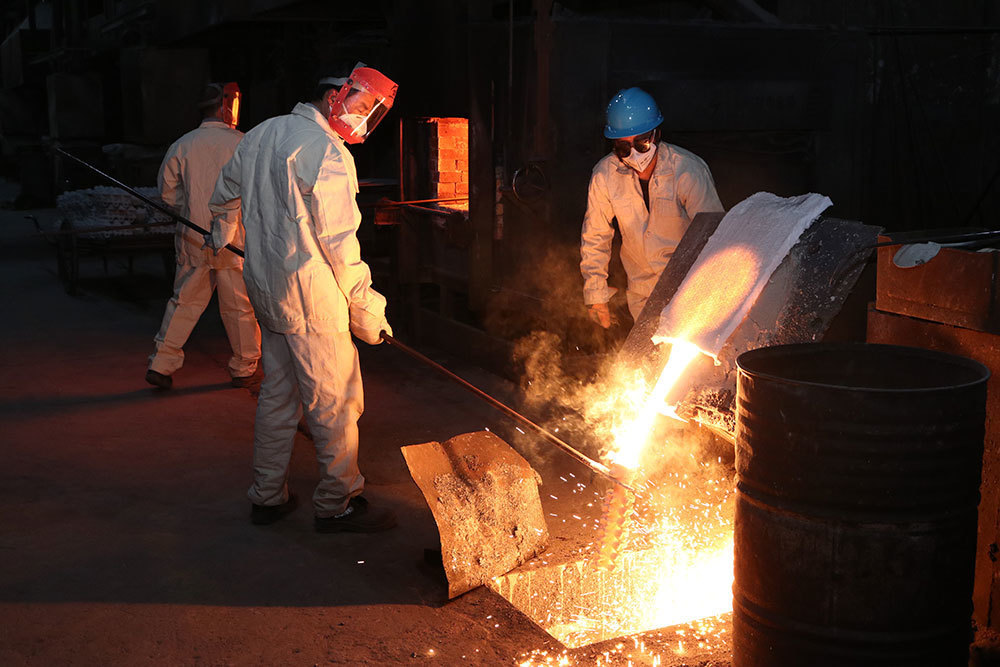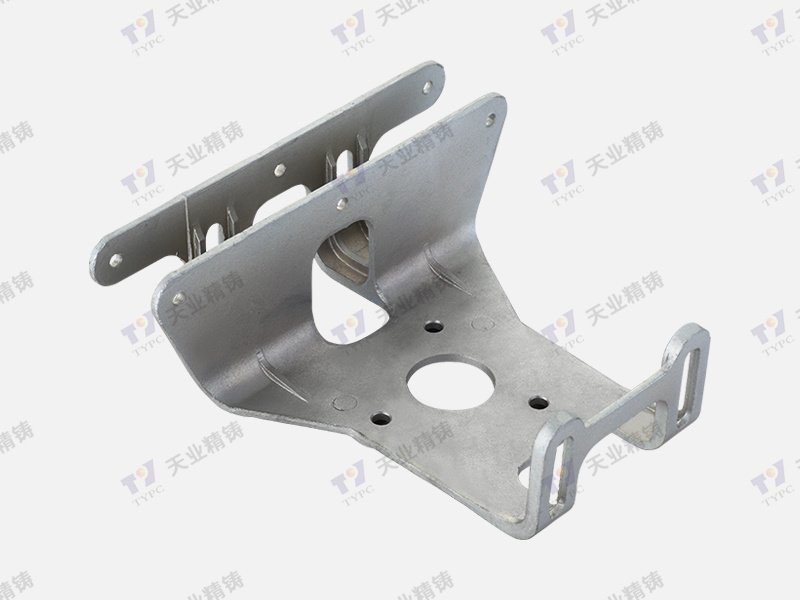2025-04-24
Understanding Copper Alloy Die Castings in Automotive Electronic Components
Copper alloy die castings play a pivotal role in the automotive sector, especially in the manufacturing of electronic and electrical components. These die castings are produced by pouring molten metal into a mold, where it cools and solidifies into the desired shape. The use of copper alloys, which often include elements like zinc, nickel, and aluminum, significantly enhances the mechanical properties and corrosion resistance of the final product.
One of the primary advantages of using copper alloy die castings in automotive applications is their excellent electrical conductivity. This property is crucial for components like connectors, switches, and circuit breakers, where efficient electrical performance is paramount. Additionally, copper alloys exhibit good thermal conductivity, making them suitable for heat sinks and other components that need to dissipate heat effectively.
Another key benefit is the durability and strength of copper alloy die castings. These materials can withstand high levels of mechanical stress, making them ideal for automotive environments where vibration and impact are commonplace. The ability to resist wear and tear contributes to the longevity of components, ultimately enhancing the overall reliability of automotive systems.
In terms of manufacturing efficiency, die casting is a cost-effective process. The high-speed production capabilities allow for mass manufacturing of complex shapes, reducing the need for extensive machining or finishing operations. This efficiency translates to lower production costs and quicker turnaround times, which are critical factors in the fast-paced automotive industry.
However, it is essential to consider the potential challenges associated with copper alloy die castings. The initial tooling costs can be higher compared to other manufacturing methods. Additionally, not all copper alloys are suitable for die casting, as some may have issues with fluidity or mold filling during the casting process. Therefore, selecting the right alloy and understanding its properties is crucial for achieving optimal results.
In conclusion, copper alloy die castings are invaluable in the automotive electronic components sector. Their combination of excellent electrical and thermal conductivity, mechanical strength, and manufacturing efficiency makes them a preferred choice for many applications. As automotive technology continues to advance, the demand for reliable and high-performance components will only increase, solidifying the role of copper alloy die castings in shaping the future of automotive electronics.
One of the primary advantages of using copper alloy die castings in automotive applications is their excellent electrical conductivity. This property is crucial for components like connectors, switches, and circuit breakers, where efficient electrical performance is paramount. Additionally, copper alloys exhibit good thermal conductivity, making them suitable for heat sinks and other components that need to dissipate heat effectively.
Another key benefit is the durability and strength of copper alloy die castings. These materials can withstand high levels of mechanical stress, making them ideal for automotive environments where vibration and impact are commonplace. The ability to resist wear and tear contributes to the longevity of components, ultimately enhancing the overall reliability of automotive systems.
In terms of manufacturing efficiency, die casting is a cost-effective process. The high-speed production capabilities allow for mass manufacturing of complex shapes, reducing the need for extensive machining or finishing operations. This efficiency translates to lower production costs and quicker turnaround times, which are critical factors in the fast-paced automotive industry.
However, it is essential to consider the potential challenges associated with copper alloy die castings. The initial tooling costs can be higher compared to other manufacturing methods. Additionally, not all copper alloys are suitable for die casting, as some may have issues with fluidity or mold filling during the casting process. Therefore, selecting the right alloy and understanding its properties is crucial for achieving optimal results.
In conclusion, copper alloy die castings are invaluable in the automotive electronic components sector. Their combination of excellent electrical and thermal conductivity, mechanical strength, and manufacturing efficiency makes them a preferred choice for many applications. As automotive technology continues to advance, the demand for reliable and high-performance components will only increase, solidifying the role of copper alloy die castings in shaping the future of automotive electronics.









